How G.I. Joe Inspired a Movement to Ban War Toys
Sometimes a toy isn’t just a toy.
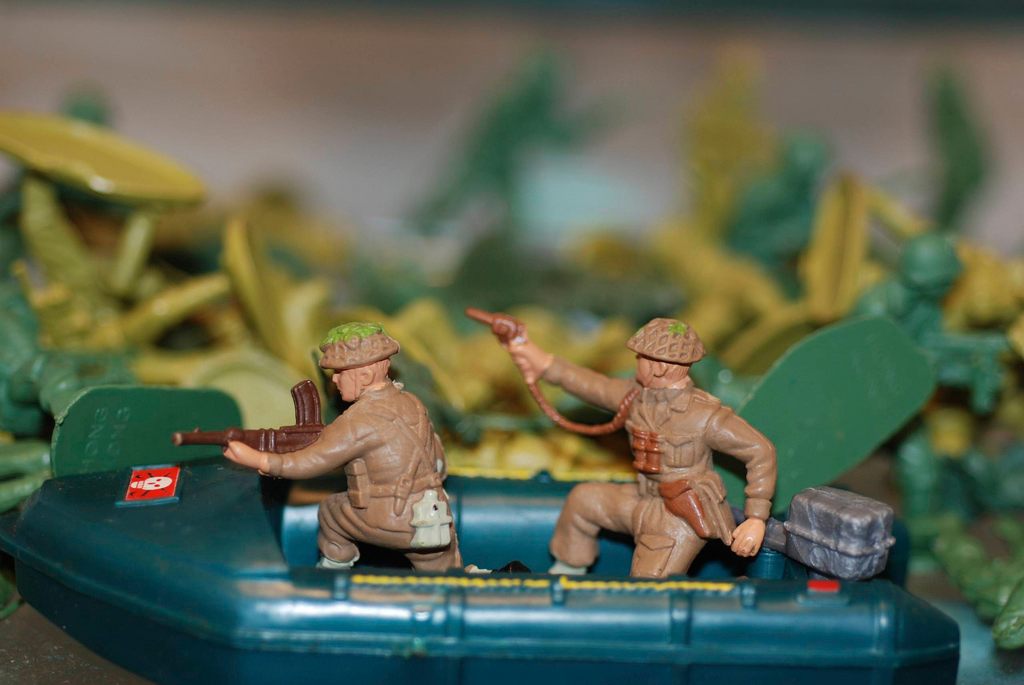
A version of this post originally appeared on Tedium, a twice-weekly newsletter that hunts for the end of the long tail.
The ’80s were by and large a time of peace for the United States. The Cold War was thawing, and most of the conflicts the U.S. did get in took place over secured phone lines, rather than on the battlefield.
Pop culture was far more likely to arm itself to the teeth during this era: Military-inspired cartoons like G.I. Joe: A Real American Hero ruled the after-school airwaves, while films like Rambo and stars like Chuck Norris and Dolph Lundgren were bringing explosive military action to the cineplex.

Not everyone was so happy about this state of affairs, however, and as I highlighted in this Worlds of Wonder piece back in September, toys were often the main targets of this disdain.
Not that it ever truly stopped their success. According to statistics from the National Coalition on Television Violence, sales of war toys increased by 350 percent between 1982 and 1985, accounting for $842 million in sales each year. Four of the five most popular kinds of toys released during the era portrayed some form of violence.
The largest of all? A little ditty called G.I. Joe, which became perhaps the biggest toy trend of the 1980s due to a combination of savvy marketing and loosened regulations.
It was great for the toymaker Hasbro, but not so great for anti-war activists.

For those that haven’t followed the history of G.I. Joe, here’s a two-second primer: In the 1960s, G.I. Joe looked a heck of a lot different from the Real American Hero that is popular today.
The toys of the early G.I. Joe era, in the mid-1960s, were 12 inches tall, and could be realistically posed any which way. But the Vietnam War happened, and suddenly, toys inspired by soldiers seemed like not such a great idea.
A 1970s version, which de-emphasized the war and military concepts, failed to catch fire. But eventually, a new approach, tied to a storyline straight out of the comic books, did the trick.
Working with Marvel Comics, Hasbro came up with an original storyline for the toy line, complete with new characters and a common enemy—one you might know as COBRA. It played more with the military elements, but it wasn’t tied to actual U.S. battles. And instead of selling giant dolls, Hasbro could now sell toys that were just 3.75 inches high, thanks to the success of Star Wars. That meant the company could save money and focus on building accessories for this massive universe Marvel helped them create.
The partnership, at first, also allowed for a clever skirting of advertising rules. Animation couldn’t be used to promote toys on television at the time—it could only be used partly, and the ads required pictures of actual kids playing with the toys. As Mental Floss notes, Hasbro and Marvel got around that rule by promoting the comic book on television, a comic book which just happened to use the toys that Hasbro was selling.
It was the first ad for a comic book ever aired on television, and it set the stage for a massive cartoon success, one that came about in 1985, after the Reagan administration deregulated the kinds of cartoons that could air on television.
It helped that the toymakers had someone in their corner at the Federal Communications Commission. Mark S. Fowler, the head of the FCC during most of the Reagan years, felt that television in general, and children’s television in particular, was controlled too tightly by federal regulations.
“I believe that for far too long the government, with its programming content guidelines, has indicated what is best for the public,” Fowler said in 1981 comments to the New York Times. “I’d rather eliminate those guidelines and let the marketplace decide more surely what the people want.”
Fowler’s let-the-market-decide approach to children’s programming had significant effects on the kinds of programs that appeared during this era, which greatly benefited shows based on toys, but put a damper on the kind of educational programming that defined the ’70s.
G.I. Joe, with its military themes and tightly integrated marketing strategy, won big. But it created a massive backlash of concerned parents and anti-war activists.
By 1985, G.I. Joe and other action-heavy toys were massively popular, but that success was raising some larger concerns for parents, educators, and peaceniks.
And during that holiday season, the movement against war toys started picking up steam in the U.S., through a variety of advocacy groups and other organizations. One such group, the International War Toys Boycott, held mock funerals for military toys, complete with eulogizers such as Vietnam vet Max Inglett, who became an anti-war protester after returning home, going so far as to hitchhike across the country in a wheelchair to draw attention to his crusade.
“Since childhood, we have been conditioned by being told it is fun to play war,” he told the Los Angeles Times. “I had numerous conversations in Vietnam about the fact that we are conditioned by war toys to think it’s OK to kill in battle. I think we need to learn at a very early age that war is not a game.”
Author and peace activist Deb Ellis, in an article for Peace magazine, suggested that the Iran hostage crisis created the environment that allowed war-friendly toys to thrive once again.
“Something as ugly as war needs to be beautified before it hits the market. Memories of American boys being slaughtered on national TV fade into the background when Rambo is around,” she wrote. “America is seen as taking control of violence again, rather than as being a victim of it. Being kicked in the head is not glamorous, but doing the kicking is glamorous—and even virtuous.”
Even celebrities got in on the movement. Michelle Phillips, a vocalist for the Mamas and the Papas, was inspired to join the Ban War Toys movement after seeing that a friend’s 6-year-old son had been given toy machine guns for his birthday.
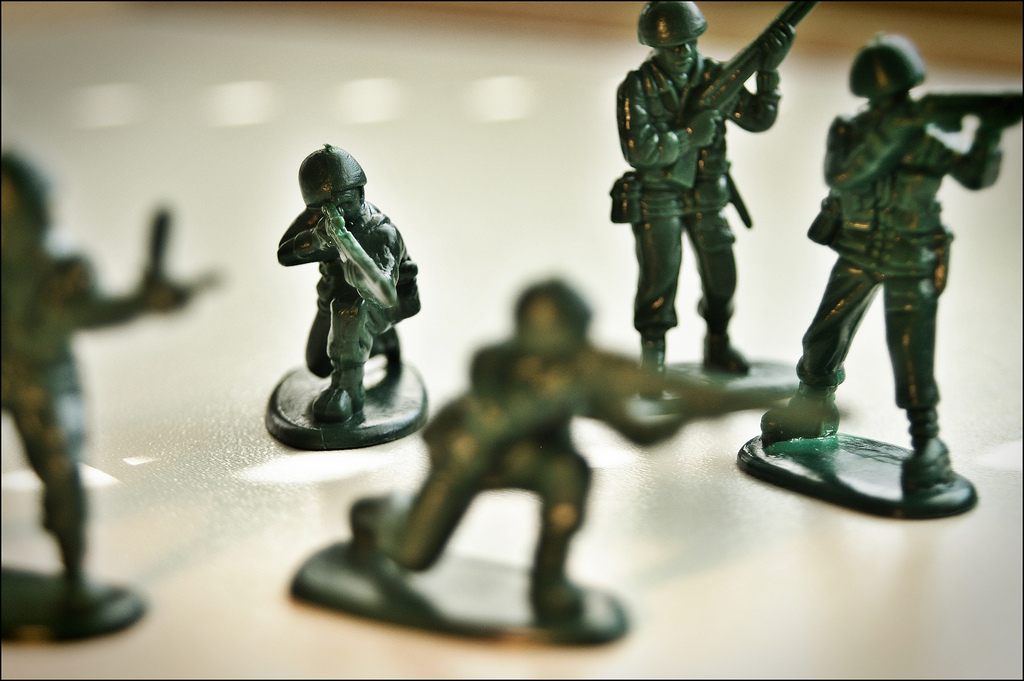
Perhaps the most prominent voice throughout this whole movement might have been a psychiatrist named Thomas Radecki. Having chaired the National Coalition on Television Violence throughout the ’80s, Radecki was often the key advocate against violent imagery in the media and a commonly quoted figure. His views could be a bit out there at times—specifically, when criticizing Dungeons & Dragons, a game he claimed was behind a number of deaths. (And just watch him tell Larry King, straight-faced, in this 1989 clip, that Archie Comics are just as good an option as anything in the Marvel Comics stead.)
But he nonetheless gave weight to advocates for banning war toys, at one point finding, through his own research, that playing with He-Man toys often created more antisocial behavior among preschoolers than playing with Cabbage Patch dolls. The study was criticized due to its small sample size, but Radecki’s voice gave it weight.
“The evidence is quite strong that we are transmitting an unhealthy message encouraging children to have fun pretending to murder each other,” Radecki said, according to the New York Times.
(These days, Radecki has fallen pretty hard from grace: He is currently serving a prison term after repeatedly over-prescribing opioids to patients, sometimes in exchange for sex.)
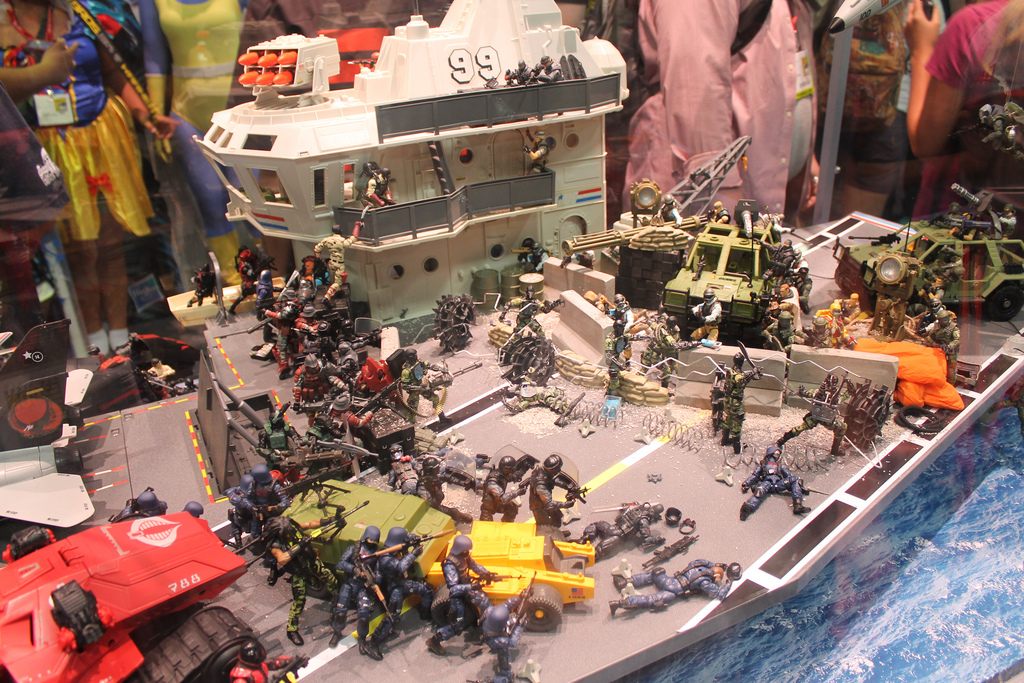
The toy industry, understandably, was skeptical of the criticism it was facing from some of these critics.
“Imaginary play in no way makes ax murderers,” stated Donna Datre, a representative of the Toy Manufacturers of America, in comments to Mother Jones in 1986.
On that front, point to Datre. Lots of He-Man and G.I. Joe toys were sold throughout the ’80s. Few of them created any ax murderers.
What’s fascinating to me about the war on war toys that dotted the Reagan era is the fact that it appeared to come from a place of liberal conscience, unlike many movements of its type.
It makes sense, then, that the strategy saw the most success in culturally liberal Scandinavia. In fact, the most prominent regulation around this issue, which discouraged toy producers and retailers from producing war toys, was already implemented into law in Sweden in 1980, well before G.I. Joe had relaunched.
That means that in 1986, at the movement’s peak, there was an example to point to. That year, the academic journal Prospects - Quarterly Review of Education published a report by a Swedish National Board of Education official that highlighted the progress the nation had made with its restrictions. Other nearby countries, such as Finland, eventually followed suit.
Clearly, however, it ran out of gas in the U.S.: G.I. Joe is still on the market, but you don’t really hear about protesters holding mock funerals for war toys. (Regulations did, however, kill cartoons on most of the networks on which G.I. Joe originally ran.)
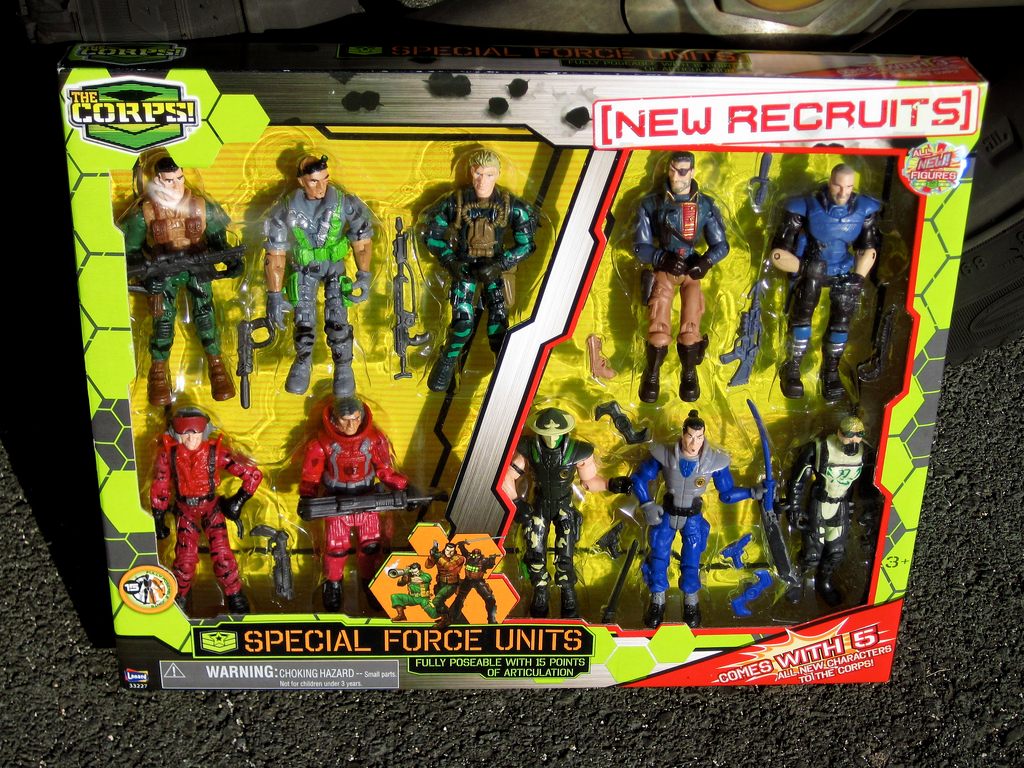
More successful were efforts to do the same thing to video games in the early ’90s. As Joe Lieberman will tell you, game companies eventually adopted a ratings system based on the former senator’s pressure on the issue.
Every once in awhile, someone still makes the argument that war toys need to be thrown out. One such example of this comes from South Carolina politician Tom Turnipseed, who wrote in 2009 that Inez Tenenbaum, who served as head of the Consumer Product Safety Commission for much Barack Obama’s presidency, should make it a priority to ban war toys, for safety reasons.
“Inez’s top priority should be banning war toys,” Turnipseed wrote on Common Dreams. “War toys are products threatening the safety of people everywhere with or without lead paint.”
Such a ban, despite concerns about our country’s mass shootings, seems unlikely. But if we ever did decide to do so, we’d have some interesting company on that front. Last year, Afghanistan—a country at the center of American wartime efforts for more than a decade—banned toy guns, with the goal of stemming violence.
According to Agence France-Presse, Interior Minister Noor-ul Haq Uloomi cited “physical and psychological damage” as a reason for such a ban.
John Rambo might not know how to compute that news.
A version of this post originally appeared on Tedium, a twice-weekly newsletter that hunts for the end of the long tail.






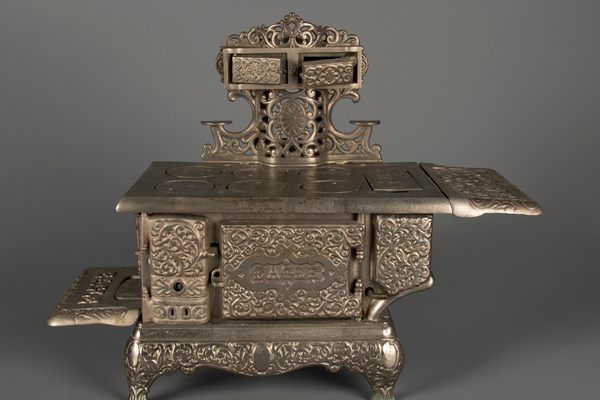











Follow us on Twitter to get the latest on the world's hidden wonders.
Like us on Facebook to get the latest on the world's hidden wonders.
Follow us on Twitter Like us on Facebook